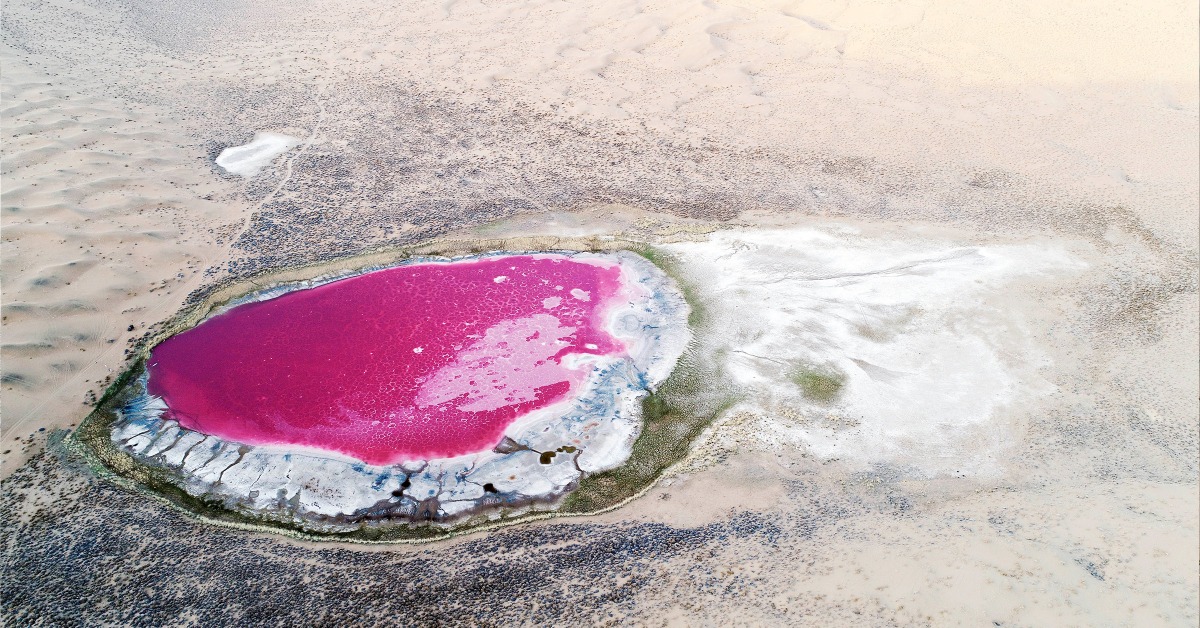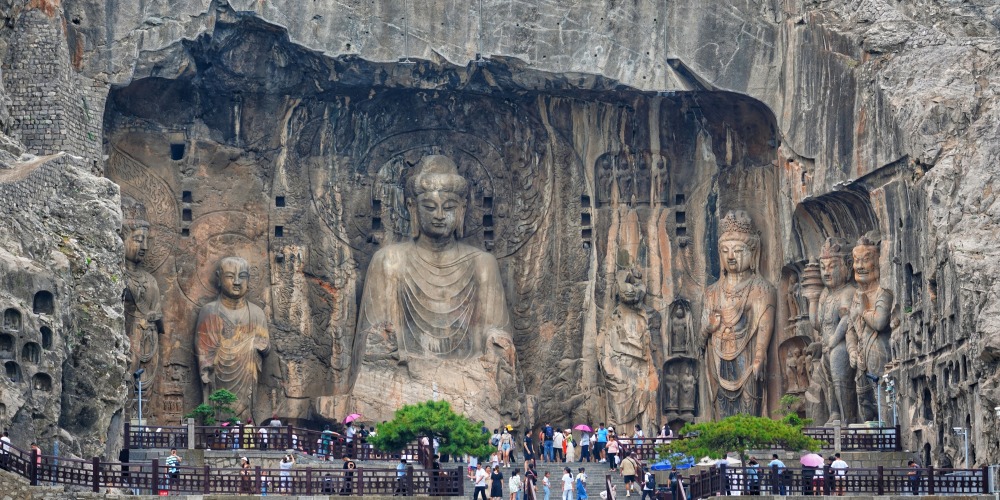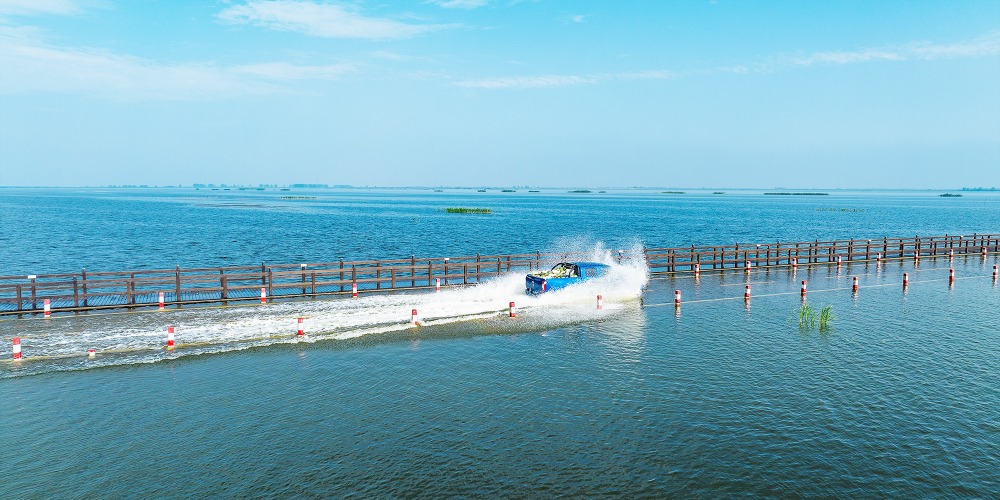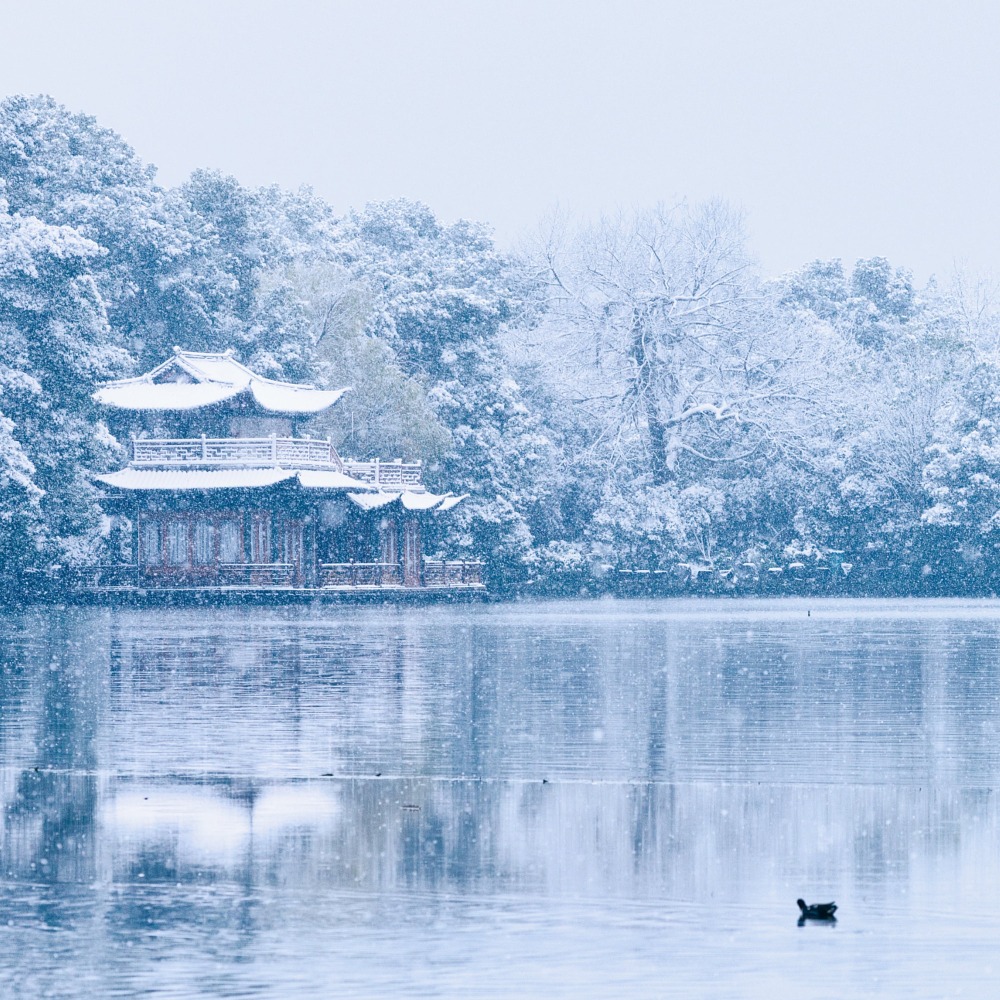Published : 2024-07-28
Badain Jaran Desert, known as the "Desert of a Thousand Lakes," the Yellow (Bohai) Sea Migratory Bird Sanctuaries, known as the "Migratory Bird Paradise," and the Beijing Central Axis, known as the "Masterpiece of the Chinese Ideal City Order," have been added to the UNESCO World Heritage List.
The decision was announced during the 46th session of the World Heritage Committee of the United Nations Educational, Scientific and Cultural Organization (UNESCO) held in New Delhi, India in July 2024.
The Badain Jaran Desert: Towers of Sand and Lakes, and the Migratory Bird Sanctuaries along the Coast of the Yellow Sea-Bohai Gulf of China (Phase II), were included in the World Natural Heritage List on Friday (26 July).
The "Beijing Central Axis: A Building Ensemble Exhibiting the Ideal Order of the Chinese Capital" was added to the World Cultural Heritage List on Saturday (27 July).
Thus, the number of world heritage sites owned by China has reached 59.

Badain Jaran Desert: Towers of sand and lakes
The Badain Jaran Desert is located in the Alashan Platea in Inner Mongolia Autonomous Region, which is China's third largest desert.
The desert is known for its unique and varied landscapes, including the world's tallest, stabilized sand mega-dune (relative height 460 meters); the highest concentration of inter-dunal lakes; and a variety of wind-eroded landforms.
The government applied for the Badain Jaran Desert to be a World Heritage List in 2020.

The World Heritage Committee believes that the varied landscape also results in a high level of habitat diversity, and hence of biodiversity.
Read more: China's Unique "Desert of a Thousand Lakes" Spectacle
Migratory Bird Sanctuaries along the Coast of the Yellow Sea-Bohai Gulf of China (Phase II)
Migratory Bird Sanctuaries along the Coast of the Yellow Sea-Bohai Gulf of China (Phase II) is a serial extension of the property of the same name (Phase I) that is already listed on the World Heritage List.
Phase II includes five sites, namely Dongtan wetland in Chongming, Shanghai; the Yellow River estuary in Dongying, Shandong Province; a wetland named Nandagang in Cangzhou, Hebei Province; a nature reserve named Snake Island in Dalian, Liaoning Province as well as the Yalu River Estuary in Dandong.
This area is located in the world's largest intertidal wetland system, providing an important habitat for migratory birds along the East Asia-Australasian flyway (EAAF) which passes through 22 countries.

The wetlands serve a unique ecological function as indispensable stopover sites for many millions of waterbirds and represent a significant example of the shared natural heritage embodied in migratory birds, the Committee said.
Phase I was listed in the World Heritage List in 2019. Among them, Yancheng Yellow Sea Wetland in Jiangsu is China's first coastal wetland type world heritage site.
Beijing Central Axis: A building ensemble exhibiting the ideal order of the Chinese Capital
The Central Axis stretching 7.8 kilometers north-south through the heart of Beijing. It dates back to the 13th century, extended during the Ming and Qing dynasties (1368-1911), and has continued to evolve and develop, forming today's longest city axis in the world.

The Central Axis comprises 15 components, which consists of former imperial palaces and gardens, sacrificial structures, and ceremonial and public buildings, including the Bell Tower and Drum Tower, Wanning Bridge, the Forbidden City, the Tiananmen Gate, etc.
The heritage area of the Beijing Central Axis covers 589 hectares, with a buffer zone of 4,542 hectares.
The application for the Central Axis in Beijing as a World Heritage site spanned 12 years.
The Central Axis is a typical and well-preserved example of the thousand-year development of Chinese capital planning. The location, layout, urban pattern, roads and design showcase the ideal capital city as prescribed in the Kaogongji (考工記), an ancient text known as the Book of Diverse Crafts, the World Heritage Committee said.




























